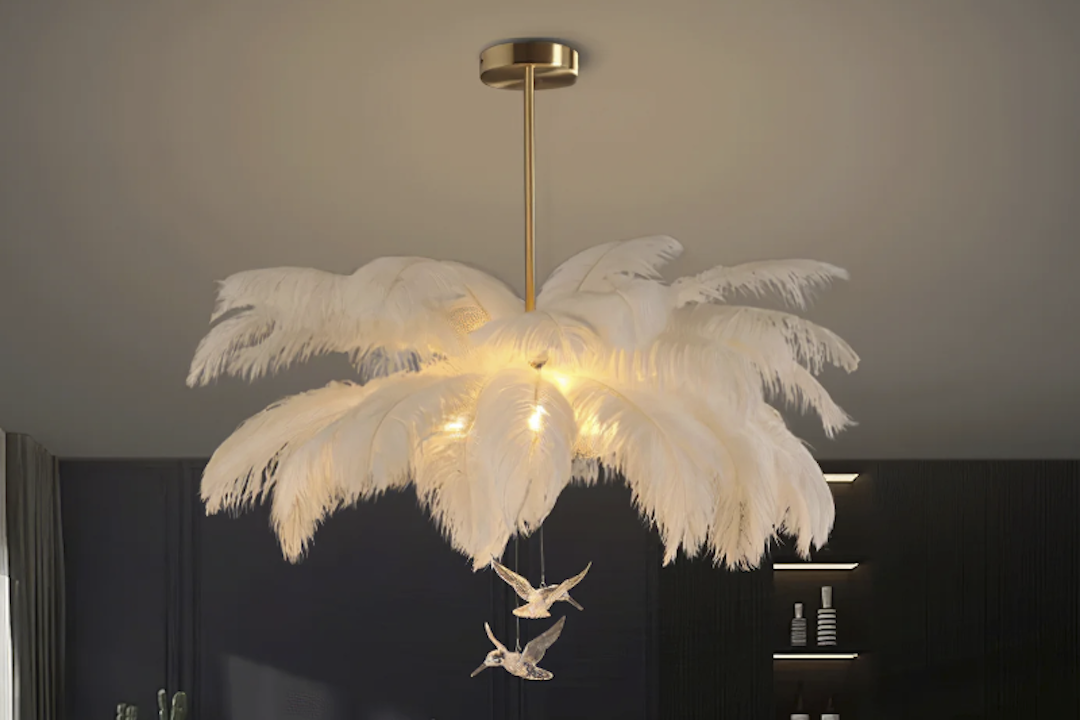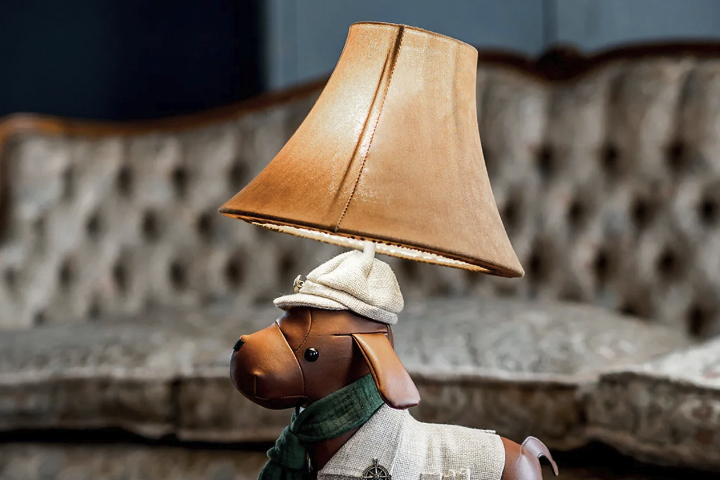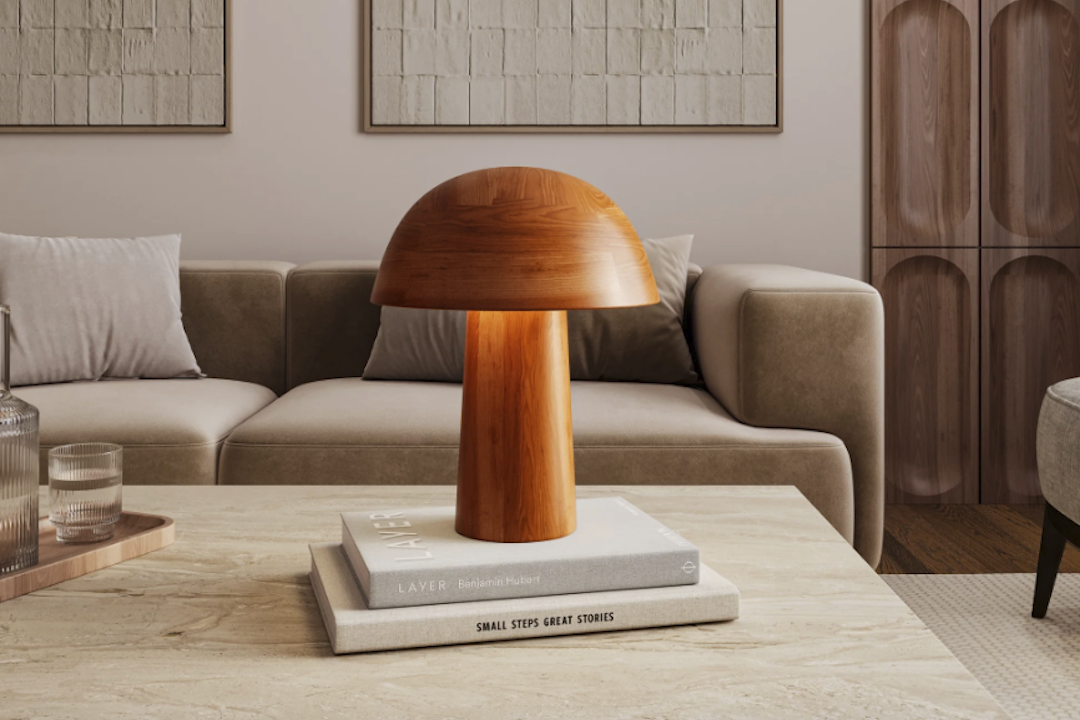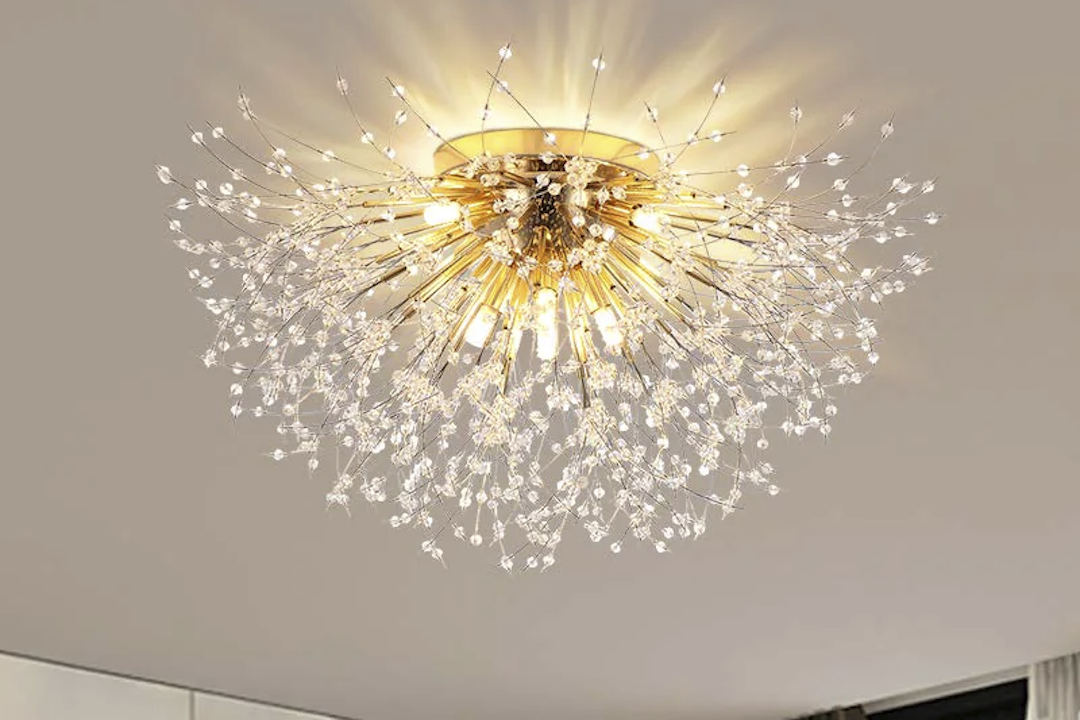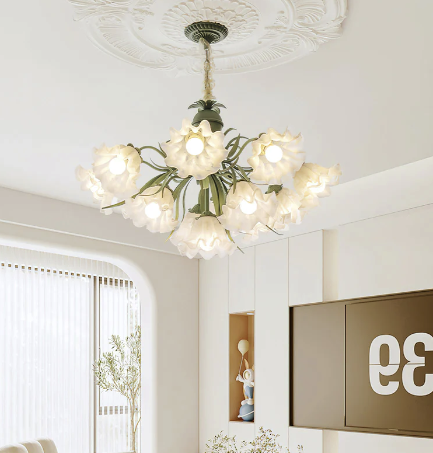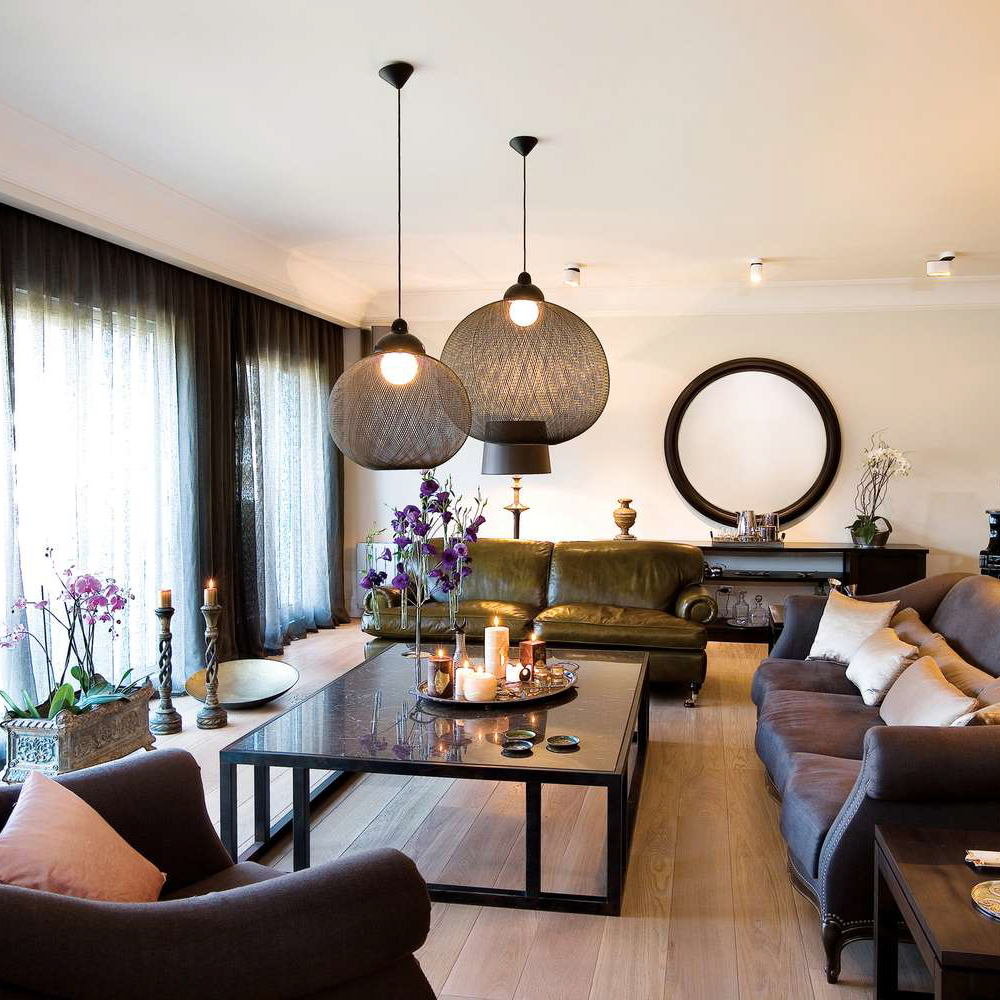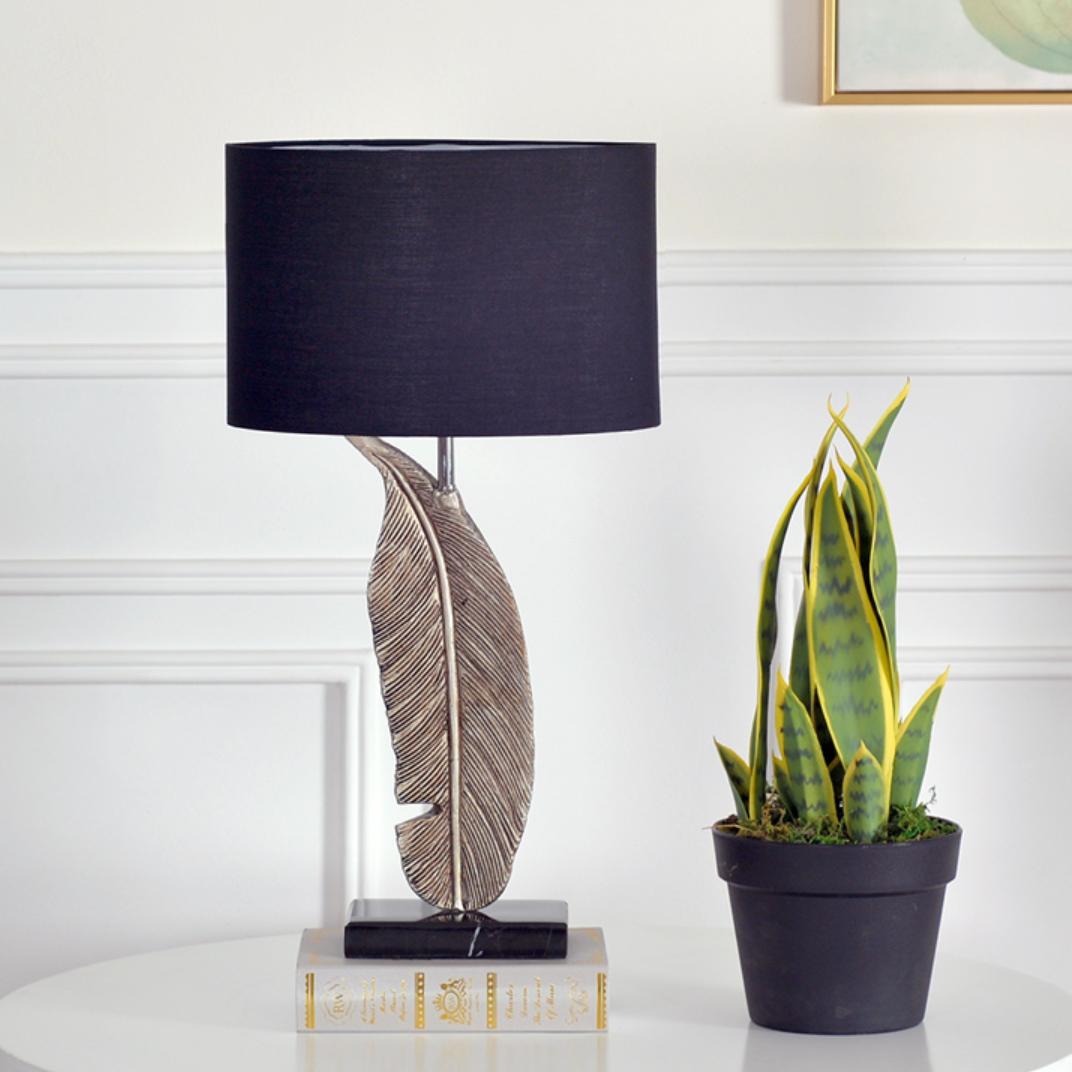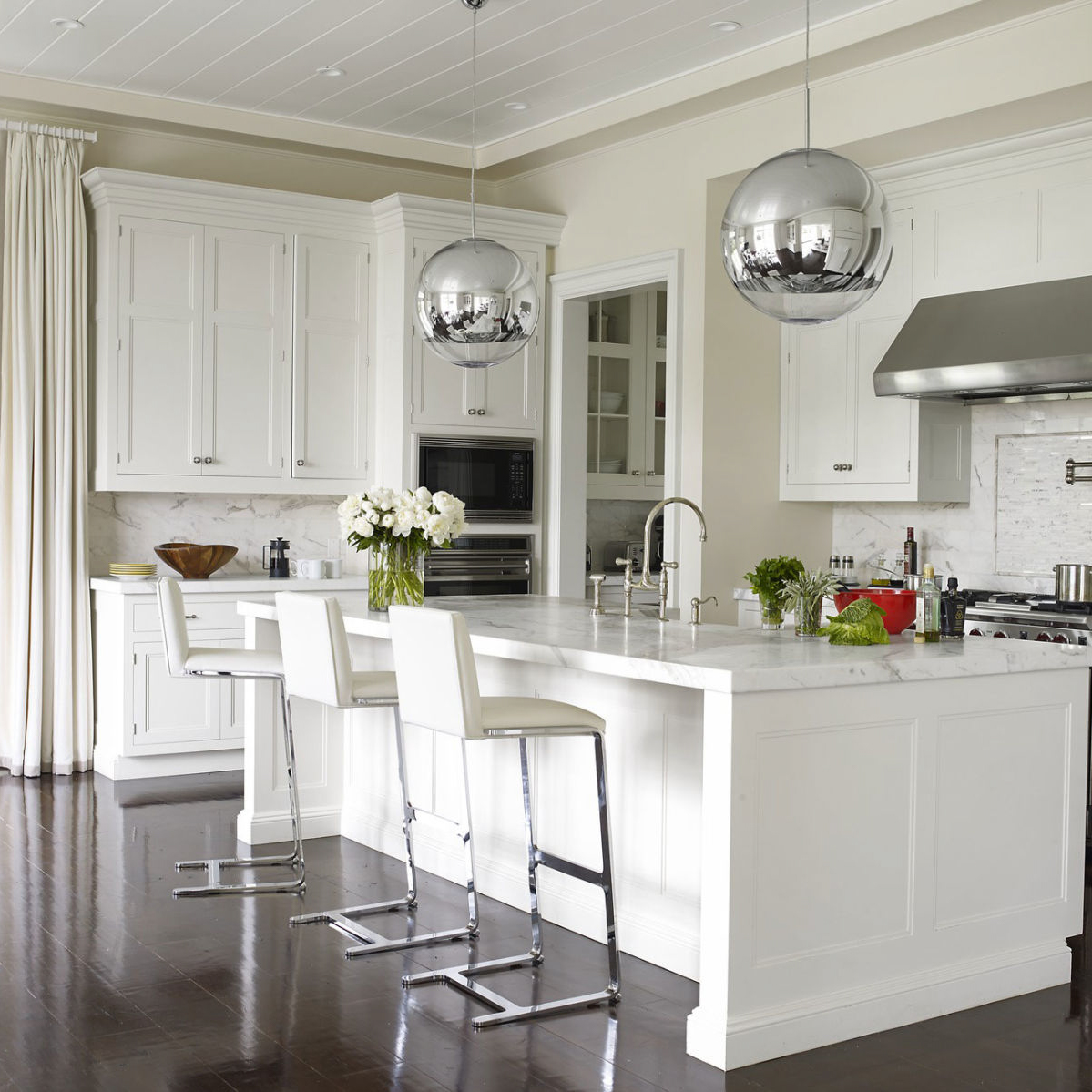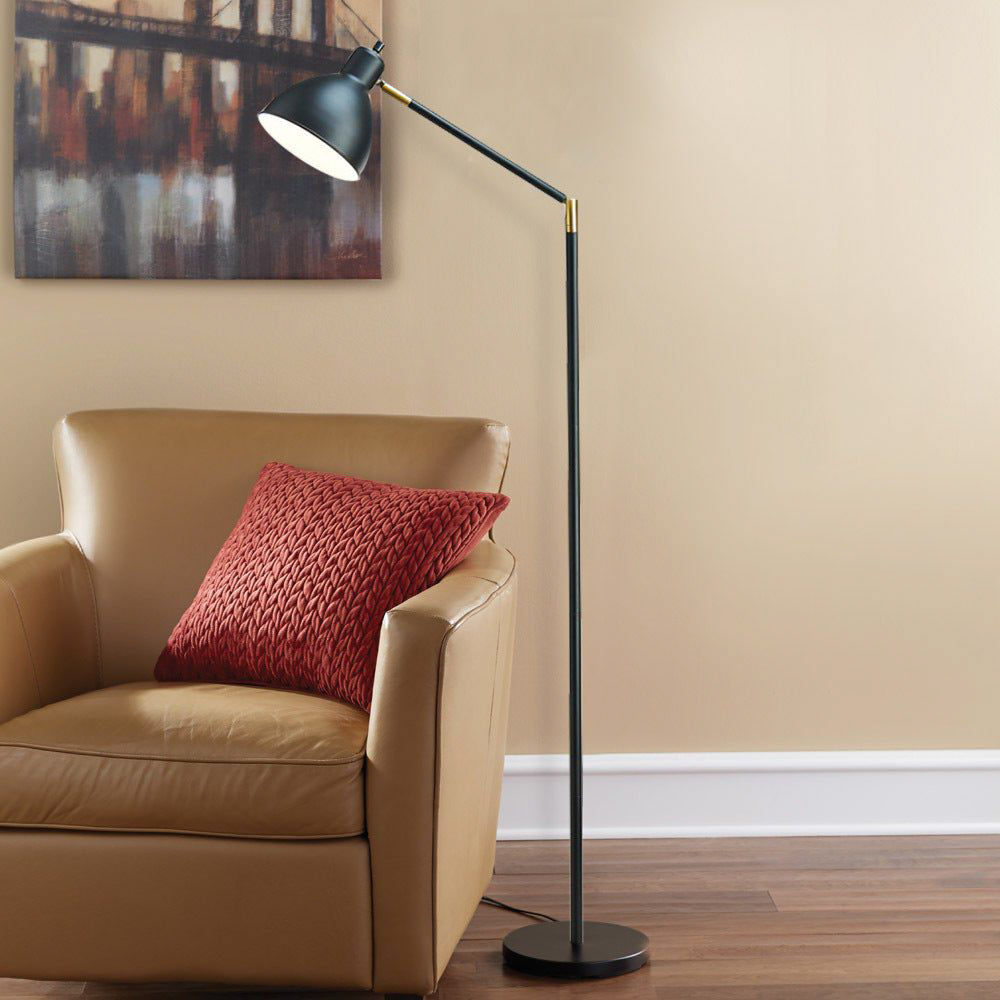The Bauhaus style lamp, also known as the “Wagenfeld Lamp,” is an iconic piece of modernist design that has been celebrated for its simplicity, functionality, and elegance. Designed by Wilhelm Wagenfeld in the 1920s, the Bauhaus style lamp represents the principles of the famous Bauhaus school of design, which aimed to merge art and craftsmanship through a functionalist approach. In this article, we will explore the history, design, and enduring appeal of the Bauhaus style lamp.
History
The Bauhaus style lamp was designed by Wilhelm Wagenfeld in 1924 during his apprenticeship at the Bauhaus school in Weimar, Germany. The lamp was part of a series of glass and metal objects that Wagenfeld created under the guidance of the school’s founder, Walter Gropius. The lamp’s design exemplified the school’s commitment to functionalism and minimalism, which rejected ornamentation and excess in favor of simplicity and purity of form.
The Bauhaus style lamp quickly gained recognition for its innovative design and was praised for its use of new materials and production methods. The lamp was also popular for its versatility; it could be used as a desk lamp, reading lamp, or bedside lamp, and its adjustable shade allowed for customizable lighting.
Design
The Bauhaus style lamp features a streamlined, cylindrical base made of chromed metal with a matte glass shade. The lamp’s form follows its function, and its components are stripped down to the bare essentials. The base is designed to be stable and sturdy, while the shade can be tilted and adjusted to direct the light where it is needed.
The lamp’s design is also notable for its use of economical materials and production techniques. The glass shade is blown by hand and features a subtle, satin-finished surface. The metal components are machine-made, but their sleek finish and minimalist form give the lamp its modernist appeal.
Enduring Appeal
The Bauhaus style lamp has endured as a design classic for almost a century, and its popularity shows no signs of waning. Its minimalist design continues to inspire designers and artists, and the lamp remains a fixture in modernist interiors around the world.
One reason for the lamp’s enduring appeal is its adaptability. The lamp’s understated design allows it to complement a range of interiors, from traditional to contemporary, and its functionalist approach makes it a versatile lighting solution for a variety of spaces.
Another reason for the Bauhaus style lamp’s enduring popularity is its associations with the Bauhaus school of design. The Bauhaus style lamp represents the ideals of the school, which aimed to create beautiful, well-designed objects that were accessible to everyone. The lamp’s simplicity and minimalism reflect a broader philosophy of modernist design that continues to influence contemporary design today.
Bauhaus style lamp is a design marvel that has endured for almost a century. Its minimalism, functionality, and elegance continue to inspire designers and decorators, and its associations with the Bauhaus school of design make it an emblematic object of modernist aesthetics. The Bauhaus style lamp is a testament to the power of good design, and its appeal shows no signs of dimming in the years to come.
